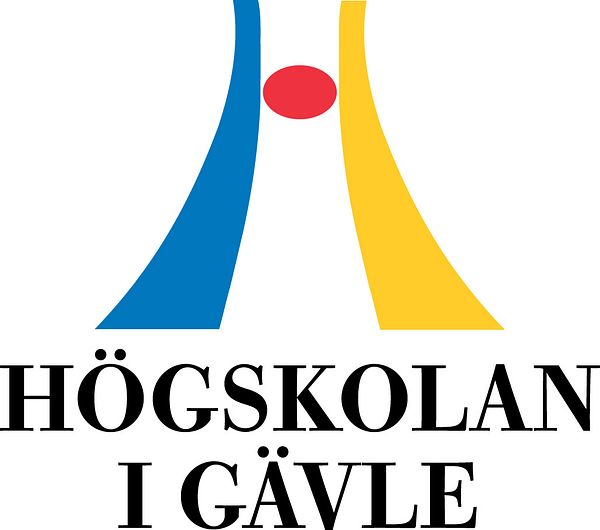Press release -
Amir Rostami: “Violence breeds violence, and violence seems to be getting more brutal”
“Unfortunately, our study suggests a brutalisation of violence. Intending to kill, people aim for the head when shooting and stabbing and they are indifferent to the consequences. And victims who accidentally survive are very injured when they get to hospital,” says Amir Rostami, docent in criminology at University of Gävle.
Together with researchers from several Swedish universities, Amir Rostami has in a unique study for the first time studied patients admitted to Sweden’s trauma units with very severe injuries. They used data from the national trauma registry Swetrau, which includes all patients who have experienced a traumatic event and where a trauma alarm was triggered at the hospital.
“This study builds on a collaboration with researchers from other disciplines and universities and is in line with our strategic research work. As we in this study aim to include other aspects of violence, such as its consequences for the health care system, our data will be analysed further.”
In 2019, Sweden had 50 hospitals with trauma capacity (access to emergency surgery, anaesthesia, and X-ray), 92% of which reported to Swetrau.
Due to changes in registration during the years studied, the researchers chose to look at two time periods, 2013-2015 and 2016-2018, and analyse the development of gunshot and knife injuries. There were 145 knife injuries in the first period and 184 in the second, while gunshot injuries went up from 92 to 141, an increase of over 50 percent.
An escalation that risks fuelling the spiral of revenge
Amir Rostami believes that is very valuable that researchers from different disciplines and universities work together in this way to understand this complex field.

“Unfortunately, our study suggests a brutalisation of violence. Intending to kill, people aim for the head when shooting and stabbing and they are indifferent to the consequences. And victims who accidentally survive are very injured when they get to hospital,” Amir Rostami says.
This brutalisation of violence may contribute to an escalation that risks fuelling the spiral of revenge.
“Violence breeds violence. It sounds like a cliché, but it is a reality in the environment of the gangs. One violent incident leads to another violent incident, which in turn leads to another, and then the cycle of violence is a fact. Those who do not retaliate risk losing status, while brutalisation reduces the scope for mediation. This situation creates major challenges for our society,” Amir Rostami says.
Facts about the study:
The researchers used data from the national trauma register Swetrau, which includes all patients who have experienced a traumatic event and where the trauma alarm was triggered at the hospital.
Their data consisted of a total of 4,776 patients admitted with penetrating injuries between 2012 and 2018. Of these, 663 patients were assessed as having particularly severe injuries.
The study was conducted by Elham Rostami (research leader), Karolinska institutet and Uppsala University, Mattias Günther, Martin Dahlberg, and Ulf P Arborelius from Karolinska institutet, Ali Azadali and Fredrik Linder from Uppsala University and Amir Rostami, University of Gävle in collaboration with the Institute for Future Studies.
Source: The study “Incidence, demographics, and outcomes of penetrating trauma in Sweden during the past decade,” Swetrau
----------------
----------------
Amir Rostami is a docent in criminology at University of Gävle and an affiliated researcher with the Institute for Future Studies.
Earlier this year, the Swedish government appointed Amir Rostami to lead the fight against organized crime that targets the Swedish welfare system.
Amir Rostami’s research focuses on criminal organization, such as organized crime and extremism.
----------------
----------------
Amir Rostami, docent in criminology at University Gävle
Phone: 08-402 12 00
E-mail: Amir.Rostami@hig.se
Research presentation
More about the strategic research area Health-Promoting Work at University of Gävle
Text: Douglas Öhrbom
Photo: Magnus Hallgren/DN/TT
Photo Amir Rostami: Institutet för framtidsstudier
Topics
- Crime, Law, Legal affairs
Categories
- research
- deadly violence
- the brutalization of violence
- gang violence
- amir rostami
- university of gävle
- organized crime
- shootings
Education and Research at a Scenic Campus.
The University of Gävle has approximately 17 000 students, more than 50 study programmes and second-cycle programmes, about 1 000 courses in humanities, social and natural sciences and technology.
Research Profiles
Built Environment and Health-promoting Working Life are the general research profiles of the higher education institution. Important parts included are Spatial Planning with a specialisation in Sustainable Built Environment and Musculoskeletal Disorders with the purpose to prevent work-related injuries. In 2010, the higher education institution received permission to carry out third-cycle programmes in the profile area of Built Environment.
The higher education institution has applied for permission to carry out third-cycle programmes in technology, humanities and social sciences.
